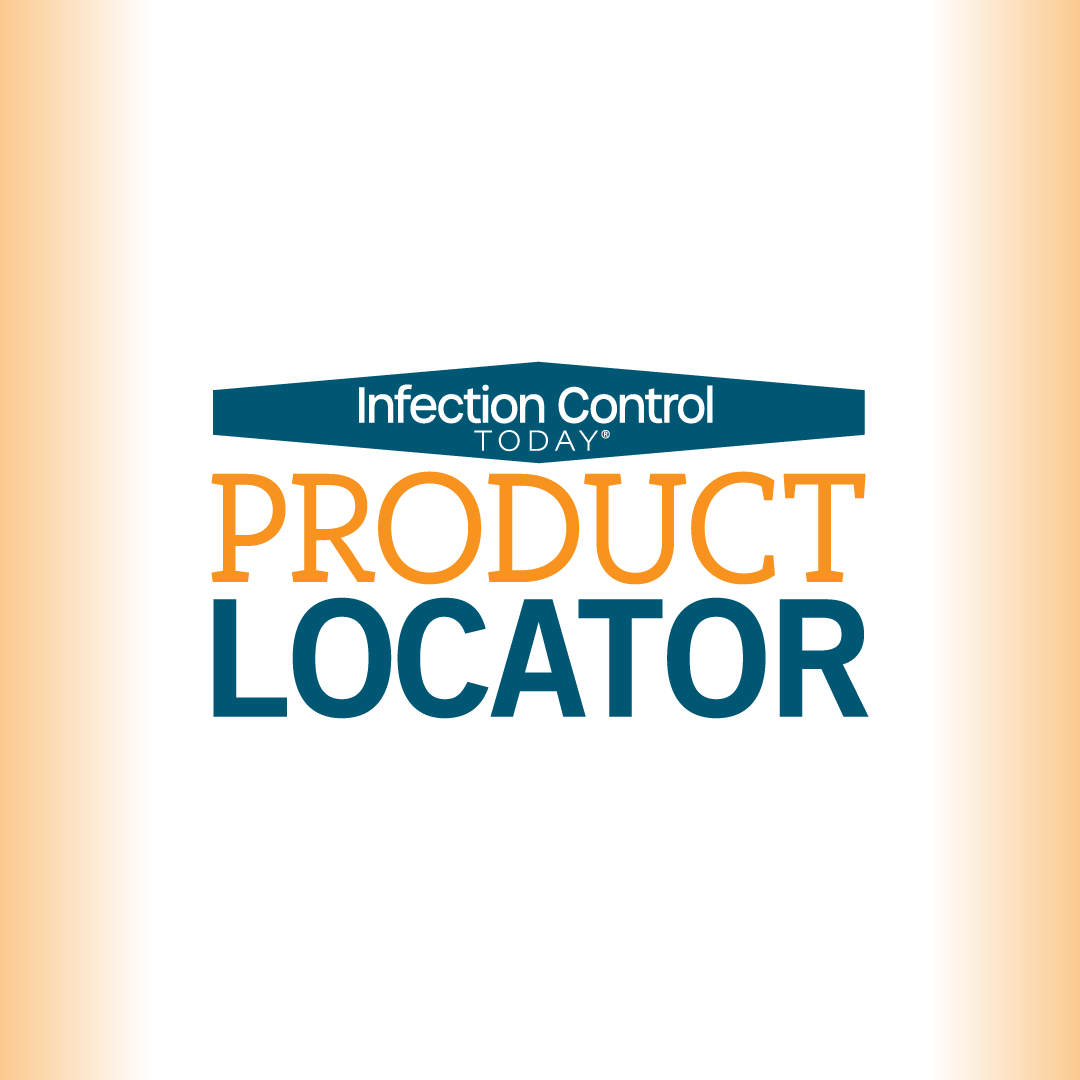Adaptive Clothing Innovations for Medical Treatments: A Journey to Enhance Patient Care
Chaitenya Razdan, CEO and founder of Care+Wear, discusses the development of adaptive clothing for patients with PICC lines and NICU infants, focusing on comfort, dignity, and infection prevention.
Infection Control Today's Product Locator

It can be challenging to find clothes that can fit over PICC lines or tubes for NICU infants or others who require specialized clothing during medical treatments. What can patients, caregivers, and health care workers use to prevent infections and make everything easier? These garments need to prioritize comfort, dignity, and infection prevention, significantly enhancing patient care and quality of life.
To learn what 1 person did to assist those patients going through medical treatments and needing specialized clothing, Infection Control Today® (ICT®) interviewed Chaitenya Razdan, CEO and founder of Care+Wear.
Chaitenya Razdan, CEO and founder of Care+Wear
(Photo courtesy of Care+Wear)

ICT: What inspired you to start Care+Wear, and how did witnessing your family's use of makeshift solutions for PICC lines during chemotherapy influence your approach to creating adaptive clothing for patients
Chaitenya Razdan: Care+Wear was born from witnessing my loved ones go through treatment and be told to put tube socks over their PICC lines. Seeing their frustration firsthand, I was convinced there had to be a better solution. When I couldn't find one, I took it upon myself to create it. Watching how the PICC Line Cover helped my loved ones inspired me to innovate further, creating products that could make a difference for millions, if not billions, of patients.
One blouse from Care+Wear
(Photo courtesy of Care+Wear)

ICT: As Care+Wear celebrates its 10-year anniversary, can you share some key milestones and achievements that have marked the company's journey in enhancing patient comfort and dignity?
CR: I'm incredibly proud of everything Care+Wear has achieved over the past decade. We began with 1 product, and now we have an entire catalog designed to help patients and clinicians. I’d have to say the best part of the journey is witnessing our products out there in the community and seeing how they're making a difference in people's everyday lives.
ICT: Infection prevention and control are crucial in health care settings. How do Care+Wear's adaptive and accessible clothing designs address these concerns, particularly for patients with PICC lines and other medical devices?
Every year, over 5 million PICC lines are inserted, each at risk of infection without proper care. When I heard that my loved ones were told to use socks for protection, I prioritized infection prevention by designing the Care+Wear PICC line cover. Our design includes a priority mesh window, allowing clinicians and patients to identify infections. A Mayo Clinic study validated the effectiveness of wearing the Care+Wear cover, showing a significant 78% decrease in line migrations. Today, Care+Wear's PICC line cover is an important tool in infection prevention for patients and health care providers.
ICT: Care+Wear has expanded its product line to include various adaptive garments, such as recovery bras and NICU onesies. How do you ensure that these products meet the specific needs of patients and health care providers while maintaining infection control standards?
CR: Care+Wear utilizes an innovative 3-pronged approach throughout our design process. From conception to production and testing, we integrate feedback from patients, clinicians, manufacturers, and designers. By tapping into the insights of those directly affected by daily challenges like infection control, we ensure that our designs not only look good but provide transformative functionality features that meet and surpass standards.
PICC line cover
(Photo courtesy of Care+Wear)

ICT: What are Care+Wear's future goals for innovation and expansion, especially in improving infection prevention and control in health care environments?
CR: Care+Wear was built on the mission to help others, and our long-term goal has remained the same: to support anyone navigating health challenges. Innovation and ensuring we keep finding communities to support with new products are key to this mission.